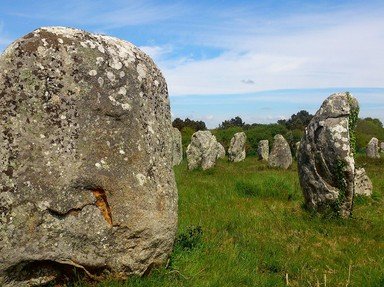Quiz Answer Key and Fun Facts
1. In which country is the Lepenski Vir archeological site located?
2. To which archeological epoch does Lepenski Vir belong?
3. The Lepenski Vir culture reached its peak during roughly which time period?
4. Who led the exploration of the Lepenski Vir prehistoric site?
5. The people that built the Lepenski Vir settlement are considered descendants of what European population?
6. What artifact is Lepenski Vir most widely praised for?
7. Where were the fish-like stone sculptures kept?
8. According to the site discoverer, what did the fish-like stone sculptures represent?
9. Only certain individuals were buried inside the settlement, like infants and notable aged people. Where were these persons buried most often?
10. After reaching its peak, the Lepenski Vir culture gradually vanished. Which culture is considered its descendent?
Source: Author
St Sava Jr.
This quiz was reviewed by FunTrivia editor
bloomsby before going online.
Any errors found in FunTrivia content are routinely corrected through our feedback system.
